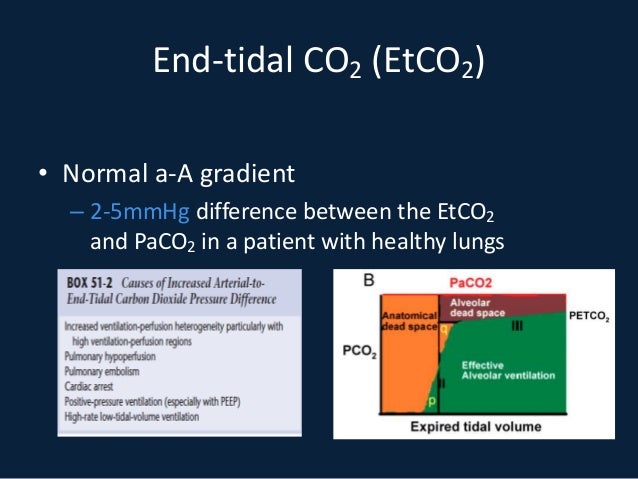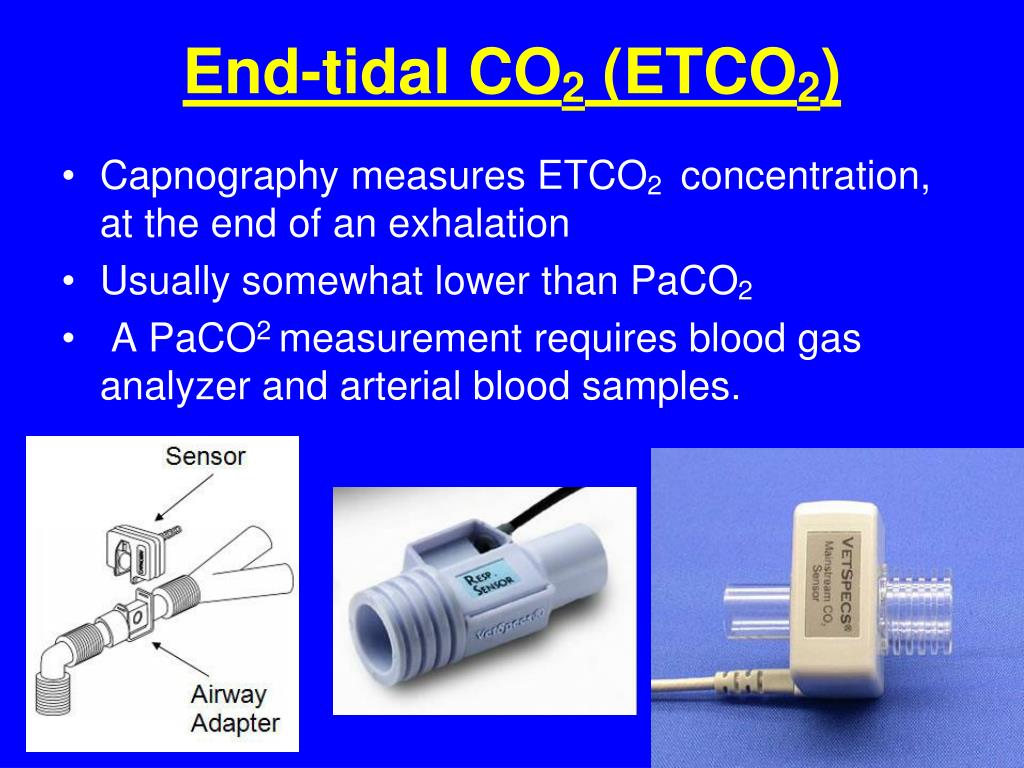
Sensitivity and specificity do NOT depend on prevalence of the disease.Patients not blinded to the CTPA result.Already had risk stratification (Wells, D-dimer).Sample: patients already selected to have CTPA.EtCO2 measurement is a quick, safe, non-invasive way of excluding PE.Ran the test performance using different cut-off figures.Is this relevant? – is Wells a diagnostic test.Wells also calculated if not already done so.ie., all those having a CTPA (which is how they got their patients).These were patients referred to the medics suspected of having PE.Adults in AMU or ward in an English NHS hospital.Objective: To evaluate whether EtCO2 can be used to exclude PE at the bedside So this sounds like a very important study then! Shall we go through it? High V-Q – alveolar deadspace: PE, COPD.PERC has helped although with our ageing population it may apply less and less with time.Limited resources: we don’t have the resources to admit and test everyone.Importance of rule-out: we don’t want to be sending people with pathology.We would recommend a similar study performed on our undifferentiated ED population.īackground: Pulmonary Embolism Keeps Emergency Physicians Up At Night It may have a place as a quick ‘rule-out’ test at triage prior to deciding upon doing Wells/D-dimer, and may be more effective than the PERC score as it is not dependent upon age. Will it change our practice? As Emergency Physicians we don’t think this has quite enough external validity – what I call the “so what factor” – for us to adopt it wholesale.We think this paper demonstrated proof of concept. Results are interesting and have reasonable validity for an acute medical admissions population. Summary: This is a well-designed paper.Is it accurate if nasal prongs aren’t used? Also question marks remain about the reliability of the test itself. Positive predictive value would be even lower in the lower prevalence population, although negative predictive value would remain high. Generalisability: This is a very different population from the many undifferentiated chest pain/dyspnoea/haemoptysis/collapse cases we see in the ED. The patients had already been through a selection process ie., Wells/D-dimer, to be referred for CTPA. EtCO2 measured up to 24 hours after admission: ?attrition effect after anticoagulation started. Limitations: Validity – patients weren’t blinded.Strengths: A clear, unambiguous design and protocol using a recognised reference standard.At a cutoff of 4.3kPa, EtCO2 had a sensitivity of 100%, specificity 68% At cutoff of 450mcg/L D-dimer had sensitivity of 96%, specificity 53%. Results: 100 patients were enrolled, of whom 38 turned out to have a PE.

The researcher conducting the capnography was blinded to the CTPA findings. Patients also had Wells scoring done and D-dimers taken in those patients for whom it was indicated. The index test was an oral hand-held capnopgraph. Patients suspected of having a PE ie., those with CT pulmonary angiogram (CTPA) were enrolled.

Design: This was a prospective diagnostic study set in a British acute medical admissions ward.



 0 kommentar(er)
0 kommentar(er)
